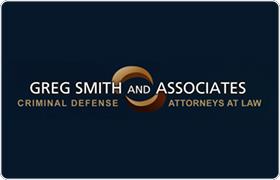Veyo Misdemeanor Lawyer, Utah
Sponsored Law Firm
-
 x
x

Click For More Info:
-
Greg Smith and Associates
7324 Union Park Ave Suite 101 Midvale, UT 84047» view mapCriminal Defense Proudly Serving The State of Utah
We've successfully resolved thousands of criminal defense and other cases, and we can take your call now!
800-925-8751
Not enough matches for Veyo Misdemeanor lawyer.
Below are all Veyo Criminal lawyers.
FREE CONSULTATION
CONTACTAric M Cramer
Traffic, Transportation & Shipping, Criminal, Civil & Human Rights
Status: In Good Standing Licensed: 35 Years
Stephen K Harris
Estate, Criminal, Bankruptcy & Debt, Accident & Injury
Status: In Good Standing Licensed: 36 Years
 Gregory Smith Midvale, UT
Gregory Smith Midvale, UT AboutGreg Smith and Associates
AboutGreg Smith and Associates Practice AreasExpertise
Practice AreasExpertise
